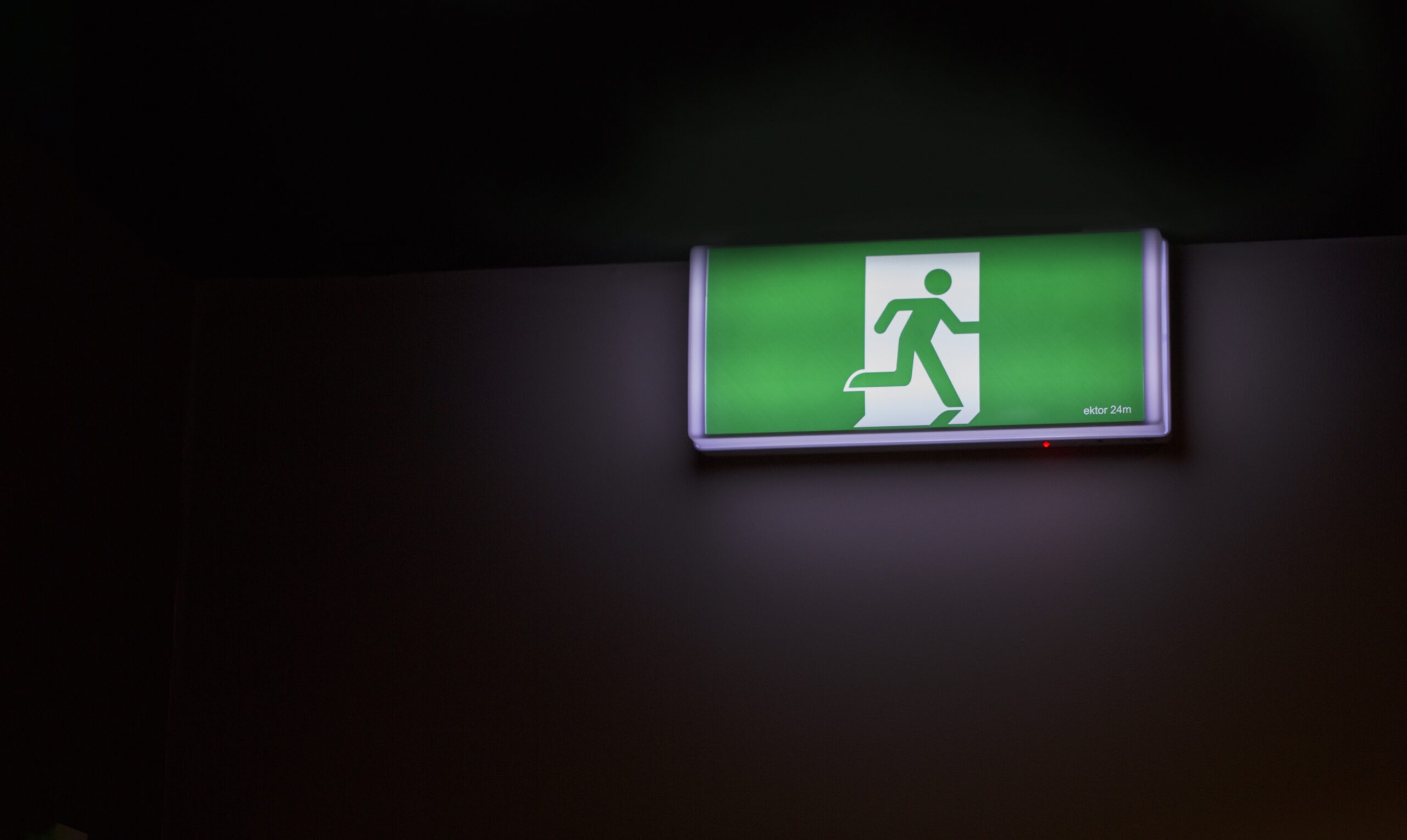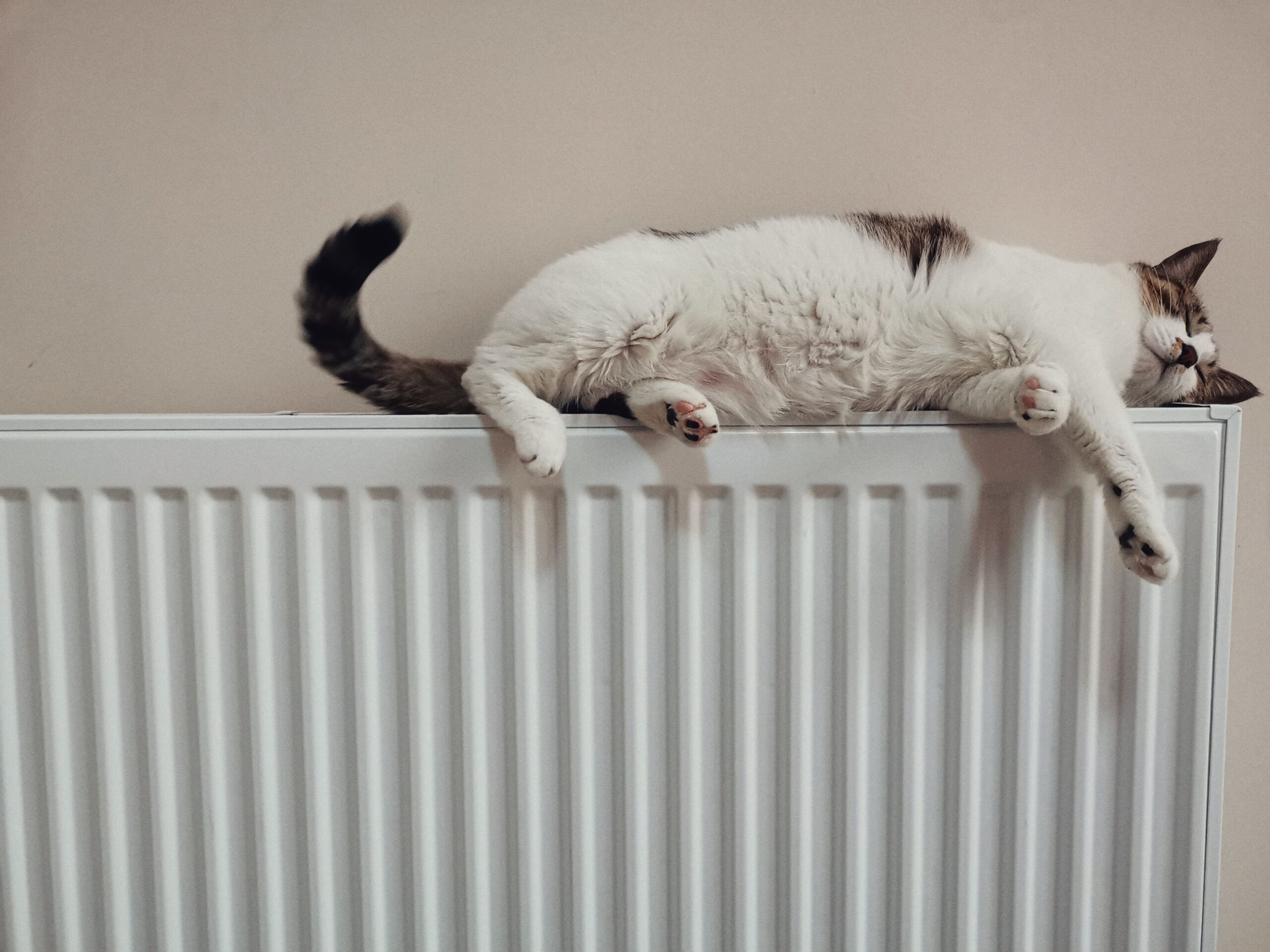A vital feature of any building’s safety system is emergency lighting. It is a particular type of battery-backed lighting used as the primary light source during a power outage. It also functions when the electricity has been cut off for emergency purposes such as a fire. Emergency lighting is a necessity for any public building, office, or industrial space. It ensures that people will be guided to a safe location clearly when all other lights are out. This is different from standby lighting, which is used to maintain work during a power outage.
The two main kinds of emergency lighting are maintained and non-maintained.
Maintained lighting is wired to the mains electricity so is continuously on. This makes it clear to see at all times, so perfect for buildings where people may be unfamiliar with the surroundings. It then relies on the battery as its primary power source when the electricity is off. This battery is rechargeable and can typically last up to three hours.
Non-maintained emergency lighting only runs on battery power and is activated only during emergencies. These are ideal for offices or buildings where the occupants know the designated exit routes and fire doors. This lighting will only work for the minimum three-hour emergency time frame.
Where Is Emergency Lighting a Requirement?
Any non-domestic property is legally required to provide emergency lighting. This is per government building safety regulations. Those responsible for a building are also responsible for the safety of everyone inside at any given time. It is crucial that a building remains safe to navigate during an emergency or electrical outage, so people can safely evacuate. The Fire Safety Advice Centre stresses that the legal guidelines regarding emergency light installation are the minimum standard requirements for a building. You can choose to go the extra mile by putting an entire lighting system in place.
Which Type Should I Install?
There aren’t any laws stating which buildings must have a particular type of emergency lighting system. However, they are designed with different functions in mind, so some are better suited than others. If you are looking for emergency lighting for a residential environment or hospital setting, you are best opting for a maintained system. There will be times where the main lights may be dimmed or turned off entirely overnight. This makes it beneficial to have constant emergency lighting to be in use at all times, not just during an emergency. In these environments, in particular, occupants can be unfamiliar with the building or become easily disoriented.
A general rule is the more extensive your building, the more lighting you will require. If there are multiple fire exits, all will need to be illuminated in an emergency. It is sufficient to use borrowed lighting if you are in a much smaller building, such as a small retail space. This involves using the light from the street, daylight or streetlamps, to illuminate your property via the windows. In this case, it is vital to have at least one emergency escape light next to the exit of the building.
If you are considering emergency lighting for a school, then the case of whether it is essential or not is a grey area. Due to schools only being occupied during the day and having many windows, they can rely on daylight during power outages. However, the sunlight may not be sufficient during the winter months, and we advise additional emergency lighting. Likewise, if any facilities do not have access to borrowed light, these would most certainly require emergency lighting.
You must ensure that your emergency lighting is installed by a certified electrician specialising in the field. If you are planning for your own building’s emergency lighting, then you can give us a call. Here at Kiasu, we are passionate about your building’s fire safety measures. We have a team of fully trained expert engineers who can design, fit and test any type of emergency lighting system to meet all regulations. No task is too big for us, and we will ensure that all of your fire safety needs are met.

